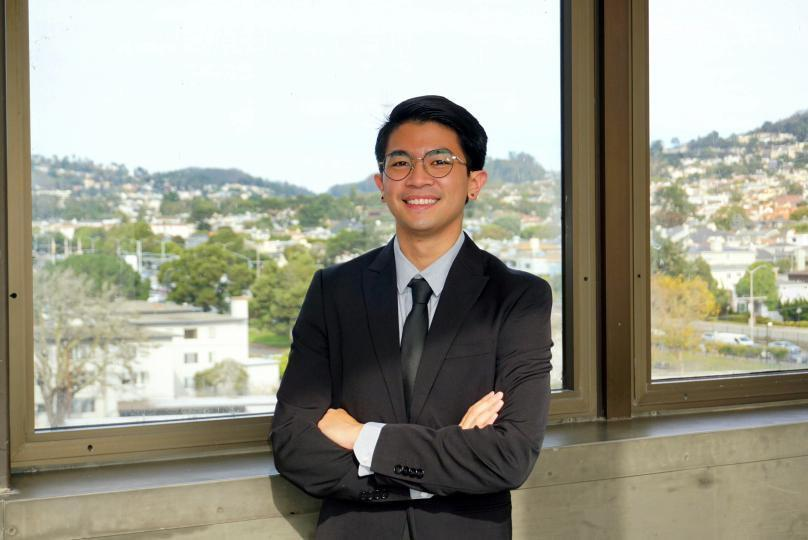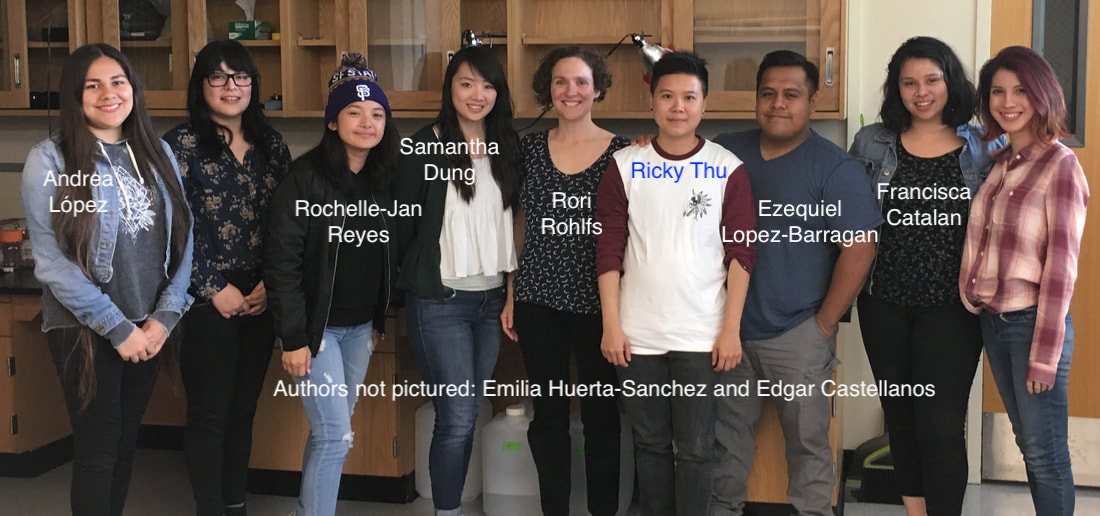Matt Suntay is one of the students in the PINC program and also a research student in my lab in the E. coli / drug resistance / machine learning team. A few days ago he gave a speech at our PINC/GOLD/gSTAR graduation event. I thought it was a great speech and Matt was kind enough to let me share it here both as a video and the text for those of you who prefer reading.
“To those of you who may know me, you all know I’m pretty adventurous. For those of you who may not know me, first off, my name is Matthew Suntay, and I have jumped off planes, cliffs, and bridges – and each time was just as exhilarating as the last. But, let me tell you about my most favorite jump: the leap of faith I took for the PINC program.
I call it a leap of faith because when I first heard about the PINC program, and specifically CSC 306, I thought, “Ain’t no way this could be for me. I may be stupid because I can barely understand the English in o-chem and now I gotta understand the English in Python? Maaaan, English isn’t even my first language… But they said I don’t need any prior computer science knowledge, so why not? It’s Spring ‘21, new year, new me, right?”
And let me tell you, it definitely made me a new me. I went from printing “Hello World!” to finding genes in Salmonella to constructing machine-learning models to study Alzheimer’s Disease and antibiotic resistance in E. coli. These are some pretty big jumps–my favorite, right?–and they weren’t easy to make. However, I was never scared to make any one of those jumps because of the PINC program.
When I think PINC, I don’t only see lines of code across my screen or cameras turned off on Zoom. I see friends, colleagues, mentors, and teachers. I see a community.
I see a community willing to support me in my efforts to develop myself as a scientist. I see a community providing me the platform and opportunities to grow as a researcher. And most importantly, I see a community that shared hardships, tears, laughter, and success with me.
I can confidently say that the PINC program was, and still is, monumental to my journey through science. Thanks to the PINC program, many doors have been opened to me and one of those doors I’m always happy to walk through each time is the one in Hensill Hall, Room 406 – or the CoDE lab. It was here in this lab that I met some of the most amazing people who want to do nothing but help me reach new heights. I’m so grateful and lucky to have them. So thank you, Dr. Pennings, for believing in me and continuing to believe in me. Thank you to everyone in the CoDE lab for supporting me and laughing at my terrible jokes – and real talk, please keep doing so, I don’t know how to handle the embarrassment that comes after a bad joke.
If I haven’t said it enough already, thank you so much to the PINC program. If you were to ask the me from a year ago what his plans were for the future, he would tell you, “Slow down, dude, I don’t even know I’m trying to eat for breakfast tomorrow.” But now if you were to ask me what my plans for the future are, I’d still tell you I don’t know what I’m trying to eat for breakfast tomorrow because I’m too busy writing code to solve my most current research question, whatever it may be.
For many students, including myself, one of the biggest causes of an existential crisis is, “What am I gonna do after I graduate?” To be honest, I’m still thinking that same thought, but without the dread of an existential crisis. One of the coolest parts of the PINC program is the exposure to research and the biotechnology industry, and learning that research == me and not just != the stereotype of a scientist.
Dr. Yoon, thank you for taking the time and effort to push me and my teammates forward, because even though our projects were difficult, we learned a lot about machine-learning and ourselves, like who knew we had it in us this whole time? You definitely did and you helped us see that. Professor Kulkarni, you also helped us realize that we should give ourselves more credit. 601 and 602 showed us we can be competitive and that we’re worth so much more than we make ourselves out to be. Also, I would like to give a quick shoutout to Chris Davies and Chun-Wan Yan for the wonderful seminars because those talks gave me hope and inspiration for the future. Knowing that there’s something out there for me makes going into the future a lot less scary and a lot more exciting because who knows what awesome opportunity is waiting for me?
And one last honorable mention I would like to make is to Professor Milo Johnson. He was my CSC 306 professor, and I don’t know if he is here today, but he was an amazing teacher in more ways than one. He helped me turn my ideas into possibilities and I have him to thank for helping kick start my journey through PINC. When I thought “I couldn’t do it, this isn’t for me,” he said “Don’t worry, you got this.”
So, once again, to wrap things up, thank you to everyone who’s helped me out this far and continues to help me out. Thank you to all my friends, mentors, and teachers that I’ve met along the way. And thank you to the PINC program, the best jump I’ve ever made.














 Jazlyn Mooney grew up in Albuquerque New Mexico. She went to high school and college there too (Eldorado High School and University of New Mexico).
Jazlyn Mooney grew up in Albuquerque New Mexico. She went to high school and college there too (Eldorado High School and University of New Mexico).















